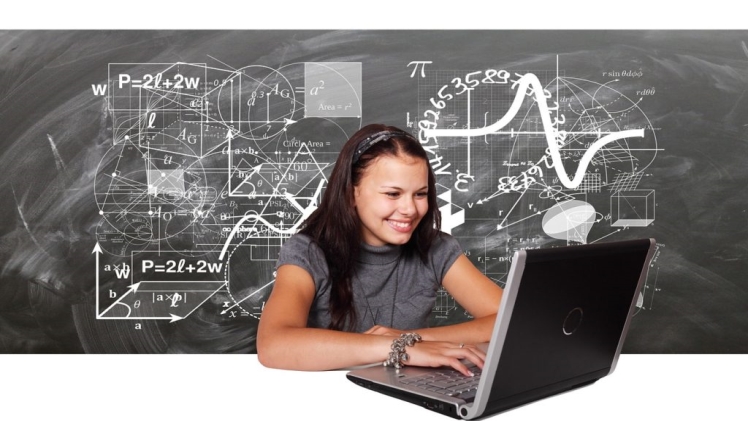Technology has taken education to a new level. Now, this is the reality. The process of learning is almost unimaginable without the latest devices, apps, and software. They assist every step of learning and teaching. Not only are classrooms equipped with the latest gadgets, but they transform into a virtual world. Thus, now we have more virtual than real classrooms. We conduct our discussions in breakout rooms rather than splitting into groups; we submit our term papers and projects on online e-learning platforms rather than handing them in.
Trends in education have changed, making it possible to conduct online, remote, hybrid classes and interact virtually with peers and teachers. To discuss this further, let’s examine how technological advancements alter education.
Here are the top technological advancements in education
Virtual Reality is becoming a new trend
Saying Virtual Reality, the first association is evolution. VR is revolutionizing reality. Traditionally, we are used to cramming facts, being exposed to a lot of information, and not digesting it fully. However, VR simplifies interaction with the learned material. Visual memory works best for many people. Thus, being visually immersed in the material, students have more motivation to engage with the topic.
Growing up with these growing technologies will widen your perspective and make you more creative. In the long run, you’ll be more successful in business when turning your idea into a viable startup or operating a business in the new world.
Artificial Intelligence is transforming our interactions
AI is modifying all the spheres of interaction. It is integrated into all levels of technology, making automation the core of any activity. AI turns the learning process more personalized. At the same time, AI tools make it easier for students to engage in self-paced learning. Furthermore, AI assists in task completion, deadline management, and grading. With a Chatbot Platform, communication between students and teachers becomes smoother, simultaneous, more advanced, and on the spot.
AI tools assist the learning process in several ways, such as assessing grades, scoring, or testing. Nowadays, students do not need to sum, multiply or divide complex numbers to estimate GPA because AI does it with smart technology and innovative approaches.
3D Printing ‘prints’ ideas into Reality
Learning happens best when students don’t realize they are learning. Especially at a young age,when they have luxury experience , being exposed to objects instead of just reading about them makes the lessons more engaging for students. Their interest levels rise when they get exposed to what they learn about in real-time. Having the chance to print any object momentarily, teachers have more place to integrate creativity in their lessons and raise the learner’s imagination. In higher education, 3D printing assists engineers, aerospace professionals, and medical students in becoming familiar with real-time objects, seeing the concepts they read about, and quickly developing the systems into reality.
Conclusion
Now learning is more personalized, with each student satisfied with their individual learning needs. It is manageable for teachers to adapt their methods to their students with the help of technology. We aim to make the learning process easier, more individualized, and more effective for both sides. With technological advancements, education is advancing, too, giving students and teachers chances to develop faster.





